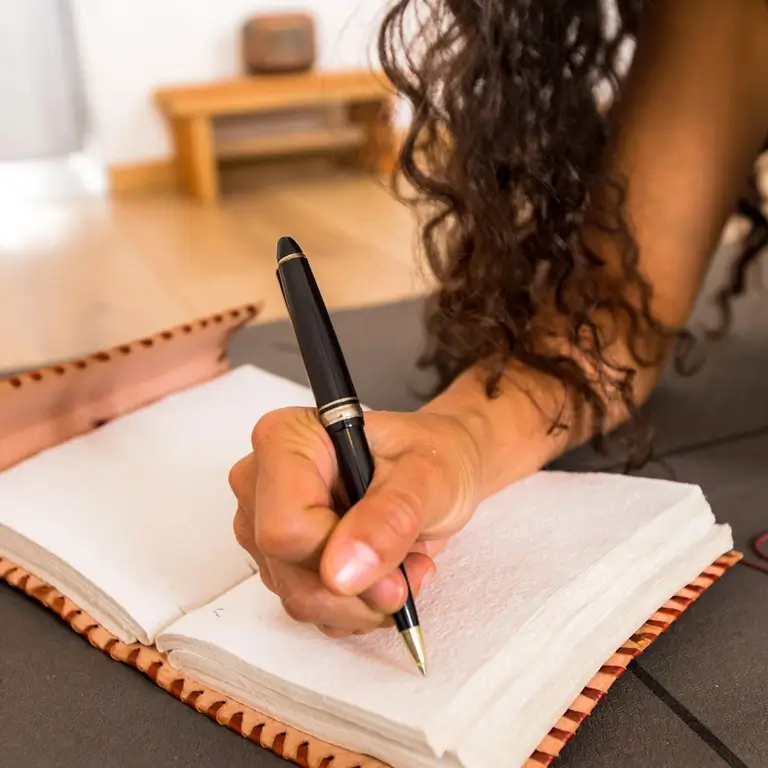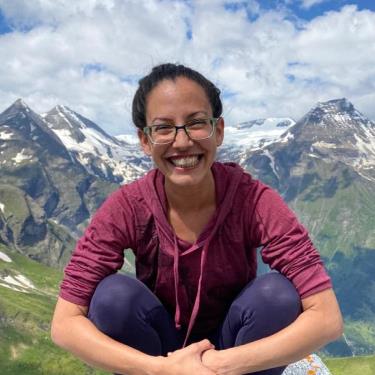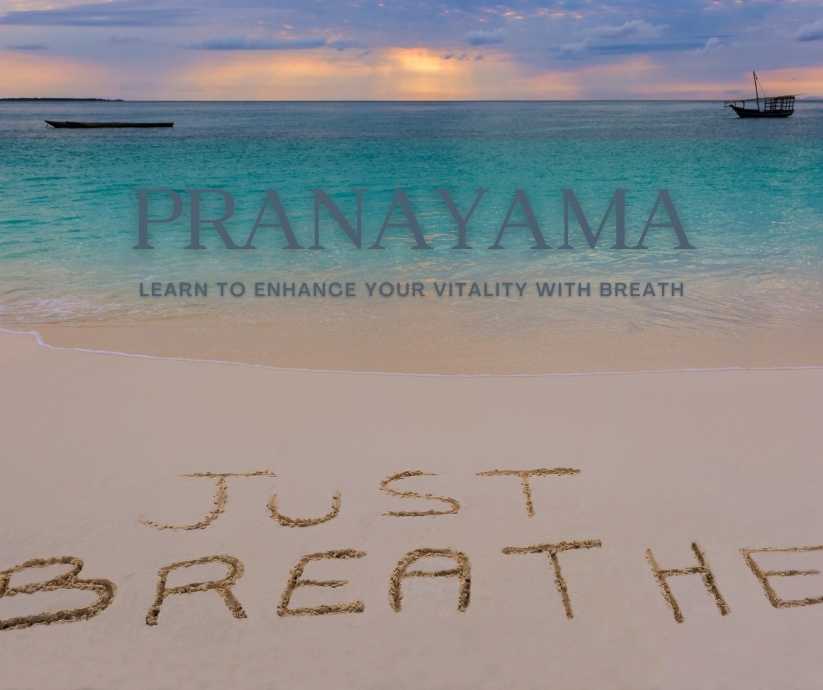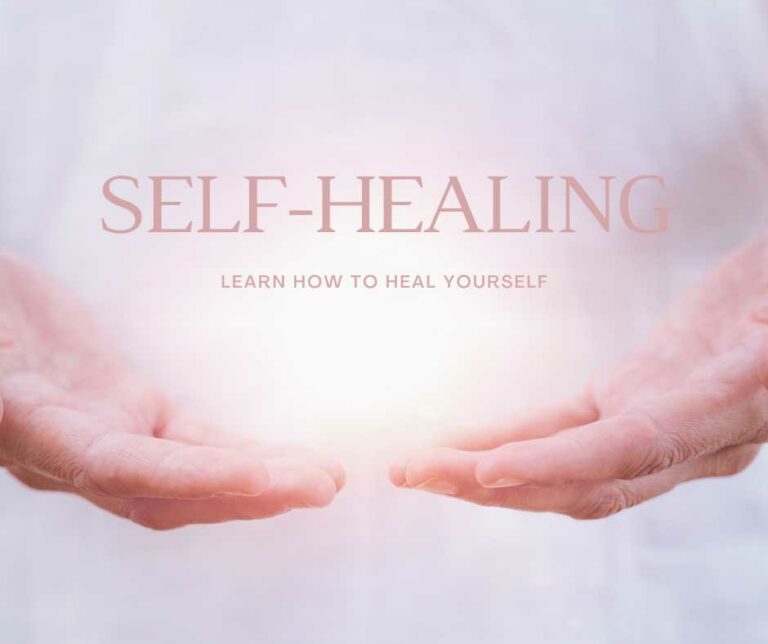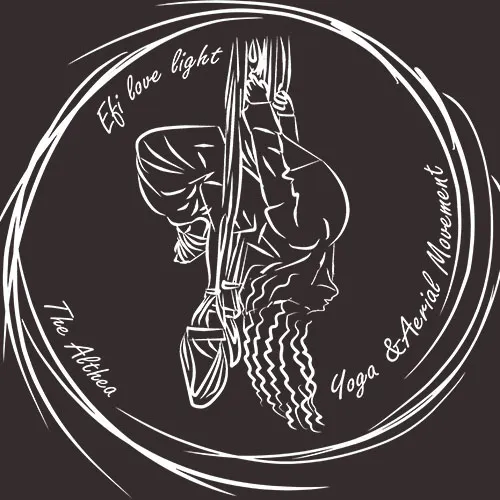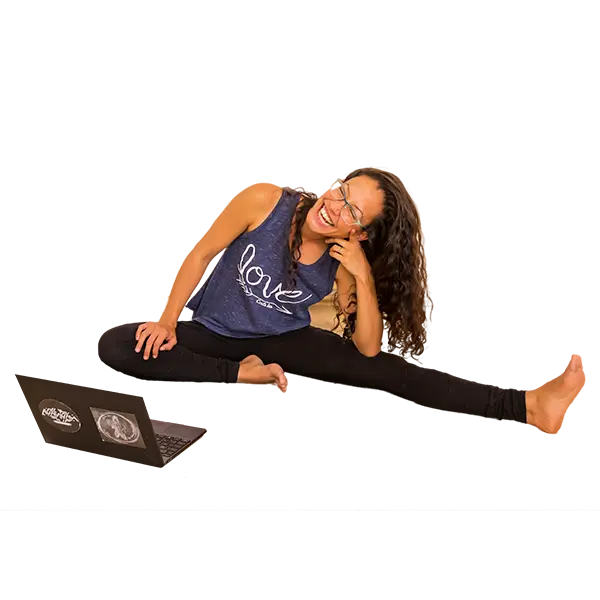The Breath Is Your Best Friend
You can learn to control almost everything to do with your physical and mental health with your breath alone. Your breath can change your heart rate, your body temperature and even the pace of your thoughts. It can also increase your energy or even bring you back from a panic attack. Furthermore, it can help to significantly relieve trauma and pain.
Your breath normally happens naturally, without any effort on your part. However, if you learn to use the breath, you can improve all the functions of your body and dramatically increase your quality of life. So let’s dive in as I introduce you to some of the most effective breathing methods! These are practical tools that will help you control your emotions, manage your pain and increase your vitality and sense of life. All of these pranayama exercises are suitable for daily practice that will make you an expert breathworker over time, but they are also extremely helpful when you really need support – so now you can learn to really be there for yourself!
1. How can you manage and relieve anxiety and stress when you feel overwhelmed?
This exercise is extremely helpful when you feel swamped, or stressed, or even during a panic attack. It helps to relax the heartbeat, increase blood circulation and most importantly calm the mind and bring you back to your centre.
By breathing out loud and moving around, we give the brain more things to focus on. In this way we distract the thoughts and make some of them vanish so that we can reconnect with ourselves and let go of the anxiety or the over-thinking mood.
It is an active meditation technique that you can also use as a morning exercise to wake up and start the day in the right mindset.
The Practice:
- Stand with both feet on the floor, preferably without socks or even directly on the ground outside. Bring the tailbone inwards, keep a distance of one foot between the legs, lift the chest and bring the shoulders back. Relax your hands beside your body.
- Feel the ground under your feet, feel how your weight is evenly distributed on your heels and toes and how all your feet are completely down on the earth. You can also close your eyes.
- Breathe in through your mouth, you can also form an O with your lips as you do this.
- Exhale through your mouth with a sound, like a sigh, making sure you release all tension from your system.
- Repeat this for a few breaths, louder, deeper and slower each time.
- Count 4 beats for the inhale and 4 beats for the exhale. Do not hurry to take another breath, let it come naturally.
- Now inhale and raise the hands upwards, stretch the body and look upwards.
- Exhale, slowly bring the hands back down and the chin to the chest.
- Repeat the exercise, hands up as you inhale, hands down as you exhale. Follow the rhythm of the breath.
- Then inhale deeply once through the nose, raise the hands upwards, exhale, bend forward, head and hands towards the floor. Stay down for a few slow breaths.
- When you are ready, with the next exhalation, slowly come back to standing, straightening up vertebra by vertebra.
- When you are standing again, bring the hands together in front of the chest, inhale deeply once through the nose and exhale with a sigh from the mouth.
2. How can you relieve migraines and boost your energy using your breath only?
The alternate nostril breathing corrects many negative breathing habits and helps us to bring the two sides of our brain – the logical left side and the creative right side – into harmony. Research has shown that there is a connection between this development and the airflow in our nostrils: When the right nostril is more open, the left side of the brain is more active, and likewise the other way around. So this exercise is basically the best thing you can do to boost your immune system, brain activity and overall vitality. This practice is highly recommended as a daily practice, preferably in the morning, but can also be done throughout the day! It will increase your energy incredibly, increase the warmth in your body and make you feel awake and focused. But it is not only the best daily pranayama practice, it is also one of the most efficient breathing exercises for relieving migraines and headaches and for relaxation and focus.
The Practice:
- Sit comfortably, try to keep your back straight and your shoulders relaxed down.
- Take a few deep breaths as you want, as you need.
- Now pay attention to your nostrils and feel through which nostril the air comes more.
- Then close the left nostril with your finger and breathe in from the right nostril as slowly as you can, very softly, as deeply as you can.
- Change and close the right nostril and breathe out through the left nostril.
- Then breathe in through the left nostril, switch and close the left nostril and breathe out through the right nostril.
- Repeat as long as you can with very soft and smooth breaths. Form a circle with your breath. Inhale from the right, exhale from the left, inhale from the left, exhale on the right.
- Concentrate your inhalation and send the breath to your forehead, or to the point where you are currently feeling the pain.
- Keep the practice for minimum 8 complete rounds, making the breath longer and slower each time, filling the forehead with air, creating space.
3. How can you increase your energy, sharpen your senses and sustain this feeling for a long time?
There are three main types of breathing: abdominal (deep), thoracic (medium) and clavicular (shallow). A complete yogic breath combines all three, starting with a deep abdominal breath and continuing the inhalation through the intercostal and clavicular areas. . A complete yogic breath – and basically the best way to breathe in general – is to create a wave of breath that first goes deep into the abdomen, then stretches the ribcage and chest, and flows first out of the chest and then out of the abdomen. This breathing allows you to bring more and more air into the body, which increases your concentration, vitality and blood circulation. This boosts energy, sharpens the senses and contributes to the healthy functioning of all body systems.
This breathing technique, which is well known and used in yoga classes or pranayama practices, can also be used to warm up the diaphragm and open up the voice. So if you want to sing better, this will also be your favourite breathing exercise.
The Practice:
- Sit comfortably, keeping your back straight and your shoulders relaxed and lowered.
- Breathe in and out deeply through your nose a few times.
- Notice where the air goes naturally now, to the chest, the belly or both. Don’t change anything, just absorb it. Feel the natural length of your breath for a few rounds.
- Keep your spine straight so that the air can flow better.
- Place the left palm on your belly, below your ribs, and the right palm on your chest. Relax your shoulders, close your eyes.
- Breathe in slowly and gently, send the air first towards the abdomen, fill it with air, and keep breathing in and filling the chest as well.
- Breathe out slowly, lowering the chest first and then emptying the abdomen.
- Create this wave of breath, inhale into the abdomen and chest until the lungs are full, then exhale very slowly and control the movement of the air, first the chest goes down, then the abdomen empties.
- Try to push your palms with your breath, focus your attention on the palms and send the air into where they are.
- Increase the length of the breath with each round, without forcing it and only according to your capacity. You will see that over time you will be able to breathe much deeper and longer, so let your lungs stretch at their own pace.


